Ph−CH=CH=PhCI2−−→CI4X2NaNH2−−−−→YH2,Pd−CaCO3−−−−−−−−−→Z
Identify product (Z) of the reaction.
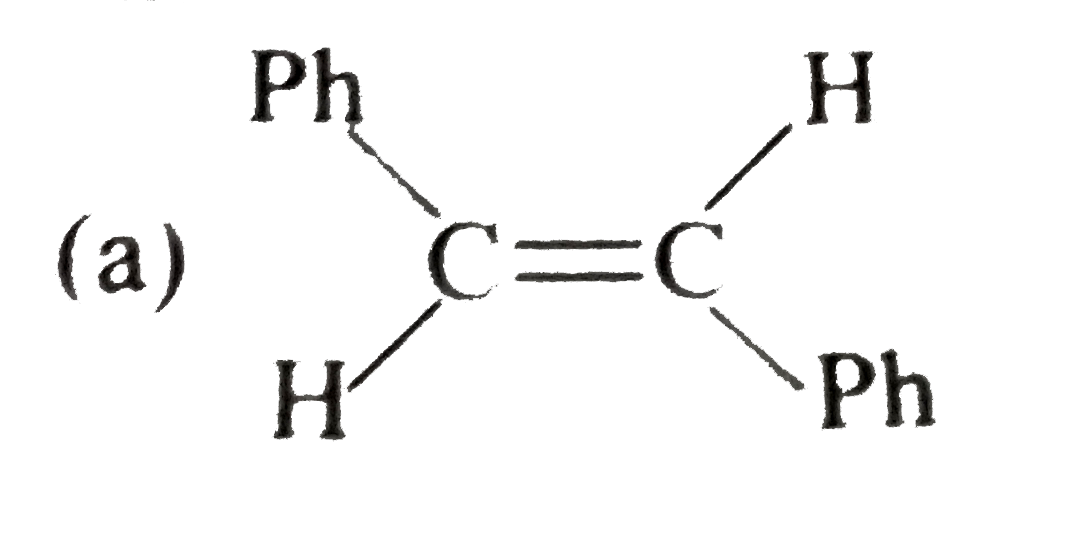
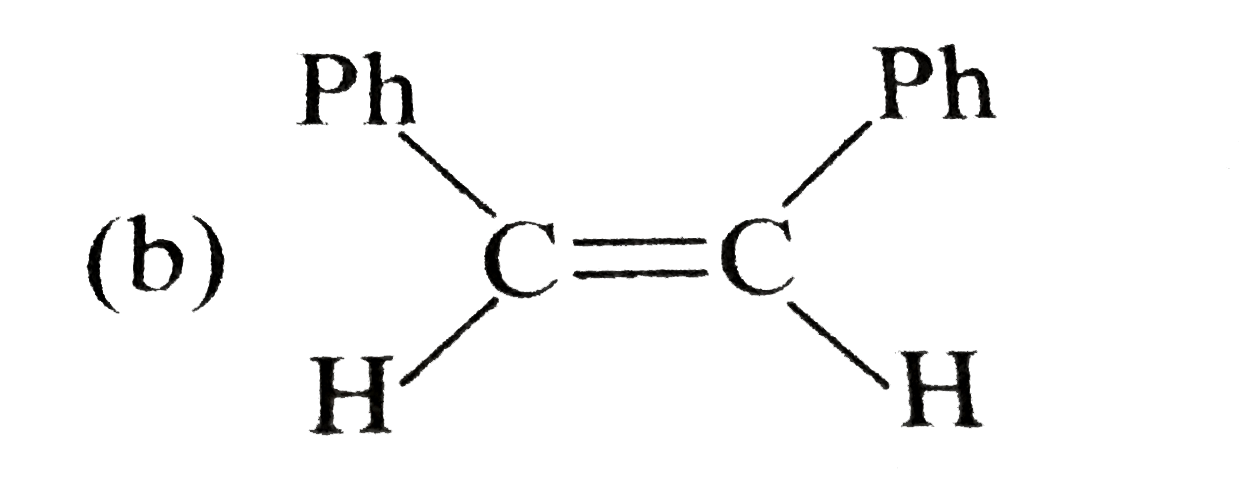

Ph−C≡C−Ph
The correct Answer is:B
To identify the product (Z) of the given reaction sequence, let's break down the steps involved:
Step 1: Identify the Starting Material
The starting material is an alkene: Ph-CH=CH=Ph, which is a compound with two phenyl groups (Ph) attached to a conjugated diene.
Step 2: Reaction with Chlorine (Cl2 in CCl4)
The first reaction involves the addition of chlorine (Cl2) in carbon tetrachloride (CCl4). This reaction is an anti-addition across the double bond of the alkene.
- Product X: The product of this reaction will be a dichlorinated compound:
- Structure: Ph-CH(Cl)-CH(Cl)-Ph
Step 3: Reaction with Sodium Amide (2NaNH2)
Next, the product X undergoes a reaction with sodium amide (2NaNH2). In this reaction, the two chlorine atoms and the two hydrogen atoms from the adjacent carbon atoms will be eliminated, resulting in the formation of a triple bond.
- Product Y: The product after this elimination will be:
- Structure: Ph-C≡C-Ph (a phenyl-substituted alkyne)
Step 4: Hydrogenation with Lindlar's Catalyst (H2, Pd-CaCO3)
Finally, the alkyne (Product Y) is subjected to hydrogenation using Lindlar's catalyst (H2, Pd-CaCO3). This type of hydrogenation selectively converts alkynes to cis-alkenes.
- Product Z: The product after this hydrogenation will be:
- Structure: Ph-CH=CH-Ph (a cis-alkene)
Final Answer
The product (Z) of the reaction is Ph-CH=CH-Ph, which is a cis-stilbene.
---
The starting material is an alkene: Ph-CH=CH=Ph, which is a compound with two phenyl groups (Ph) attached to a conjugated diene.
The first reaction involves the addition of chlorine (Cl2) in carbon tetrachloride (CCl4). This reaction is an anti-addition across the double bond of the alkene.
- Structure: Ph-CH(Cl)-CH(Cl)-Ph
Next, the product X undergoes a reaction with sodium amide (2NaNH2). In this reaction, the two chlorine atoms and the two hydrogen atoms from the adjacent carbon atoms will be eliminated, resulting in the formation of a triple bond.
- Structure: Ph-C≡C-Ph (a phenyl-substituted alkyne)
Finally, the alkyne (Product Y) is subjected to hydrogenation using Lindlar's catalyst (H2, Pd-CaCO3). This type of hydrogenation selectively converts alkynes to cis-alkenes.
- Structure: Ph-CH=CH-Ph (a cis-alkene)
The product (Z) of the reaction is Ph-CH=CH-Ph, which is a cis-stilbene.
Topper's Solved these Questions
- HYDROCARBONS (ALKANE, ALKENE and ALKYNE)BOOK - HIMANSHU PANDEYCHAPTER - HYDROCARBONS (ALKANE, ALKENE and ALKYNE)EXERCISE - Level 2 (Q.151 To Q.175)
24 Videos
- HYDROCARBONS (ALKANE, ALKENE and ALKYNE)BOOK - HIMANSHU PANDEYCHAPTER - HYDROCARBONS (ALKANE, ALKENE and ALKYNE)EXERCISE - Level 2 (Q.176 To Q.200)
25 Videos
- HYDROCARBONS (ALKANE, ALKENE and ALKYNE)BOOK - HIMANSHU PANDEYCHAPTER - HYDROCARBONS (ALKANE, ALKENE and ALKYNE)EXERCISE - Level 2 (Q.101 To Q.125)
25 Videos
Similar Questions
Knowledge Check
Ph−ch2−ch=ch2dilH2SO4−−−−−→X,
Identify product 'X' is :APh−CH2−CH2−CH2−OHB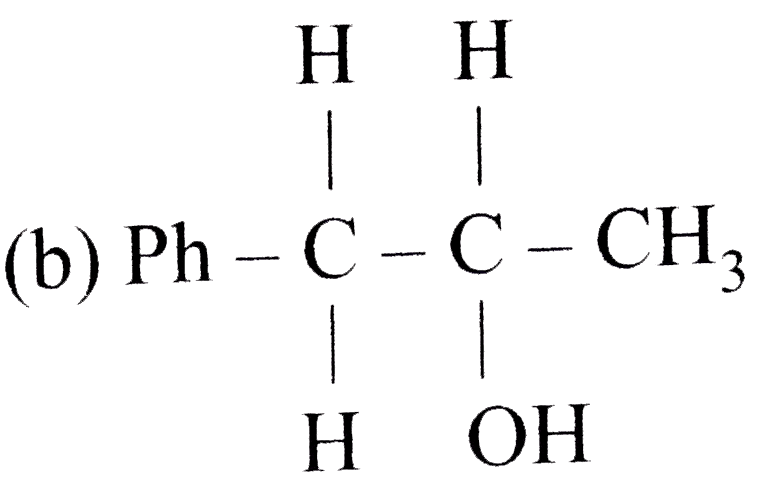 C
C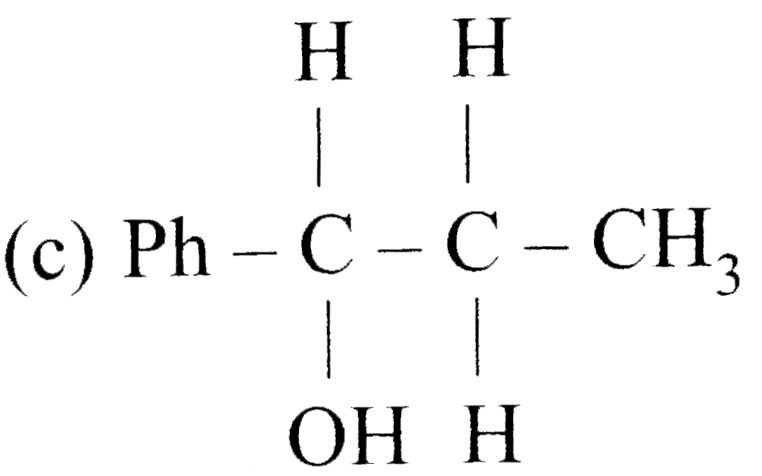 DPh−CH2−OH
DPh−CH2−OHCH3CH=CH2Br2−−→CCl4NaNH2−−−−→excessH2O−−→
Identify the end product of the above sequence of reactions.ACH2=C=CH2BCH3C≡CHCCH3≡¯¯¯CNa+DCH2=CH−CH2ClIn the following reaction sequence
Ph−C≡CHaq.H2SO4−−−−−→Hg2+A1.CH3Mgl−−−−−−→2.H2OB
the product (B) isAPhCH2COCH3BPhCH2CHOHCH3CPhCOCH3D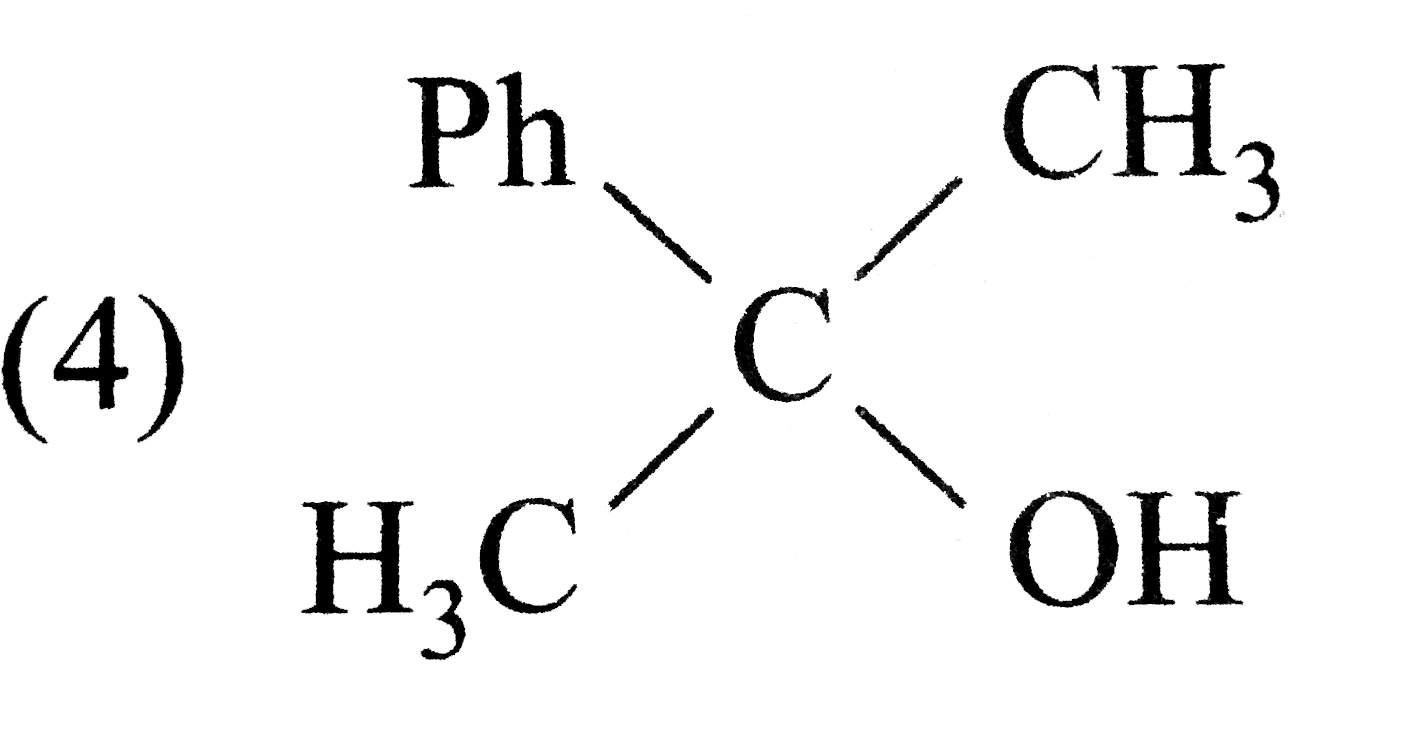
CH3−C≡C−CH3H2−−−−−−→Pd−BaSO4(A)D2−−→Ni(B)
Product (B) of above reaction is
View SolutionMe2C=CH−CH2−CH2−ClH2O−−−→CaCO3(X) The major product of the above the reaction is
View SolutionMe2C=CH−CH2−CH2−ClH2O−−−→CaCO3(X) The major product of the above the reaction is
View SolutionPh−CH2−CH∣OH−CH3K−−→C2H5Br−−−−→(A)
Product (A) in above reaction is :
View SolutionPh−CH2−CH∣OH−CH3K−−→C2H5Br−−−−→(A)
Product (A) in above reaction is :
View Solution
